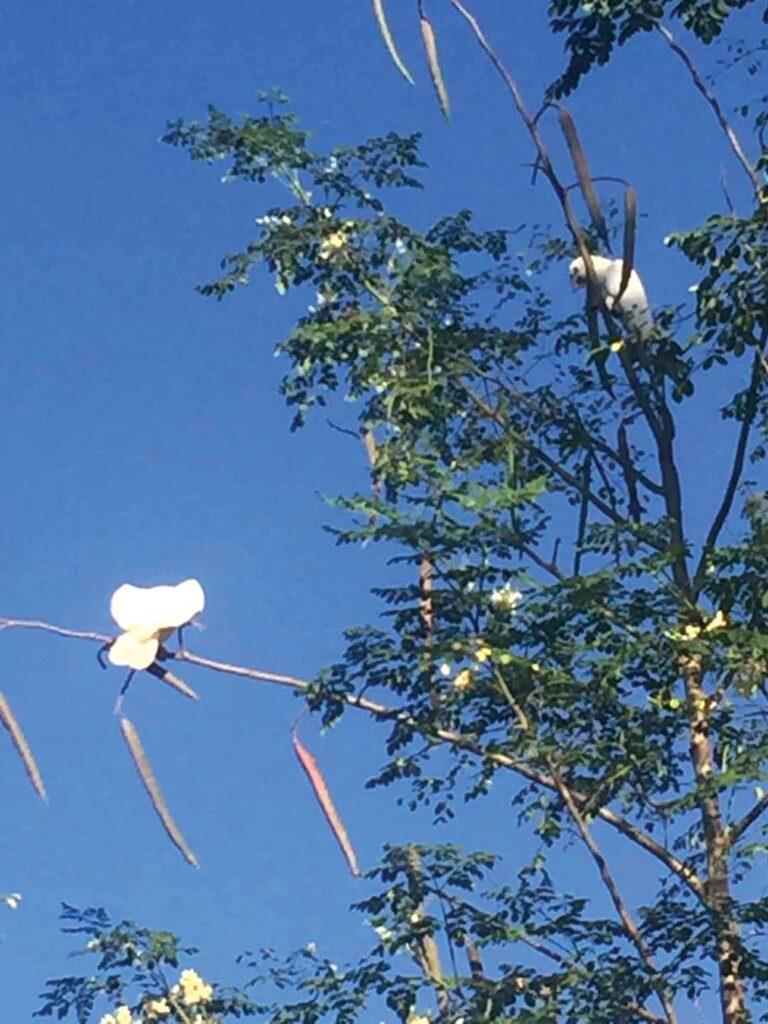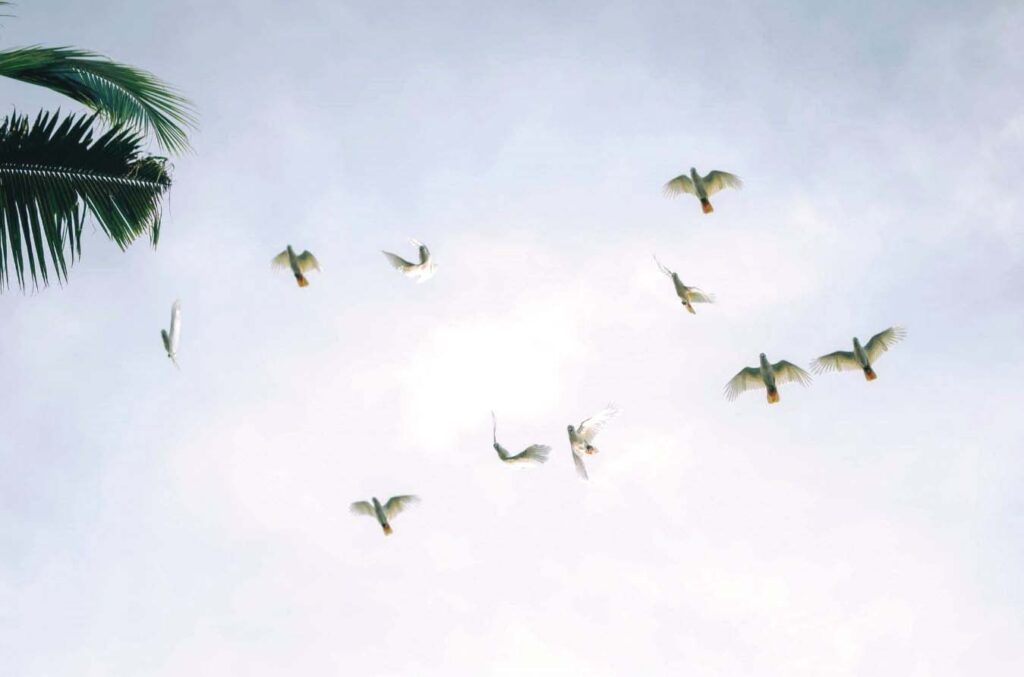PRETTY AND PRETTY DAZED
Let us get back to that resurgence of prey and predators while I was staying at my brother’s house for the most part of 2021. It was the month of June and I was in the library. All of a sudden, I heard a very loud thud.
Believe or not, I had heard that sound dozens of times in my life and I knew that it was the sound of a Bird flying into the glass window. I knew I had to move quickly if I were to rescue the Bird from the family Dog. I ran outside as fast as I could, and *gasp* — I saw the most beautiful Bird, the Dwarf Kingfisher. The color of this Bird’s plumage was just so vibrant and diverse that I could not get my eyes off of him.
I was actually afraid that he would not be able to recover because the impact was very strong. It took quite some time, but thankfully, he did recover.
While tiny and cute, they were ferocious hunters who caught their prey with stealth and speed, and without hesitation. I bet the Fishes of the swamp would rather describe this pretty Dwarf Kingfisher as the Ugly Godzilla of the trees.

FISHERS YOU’D LOVE TO HATE
This was a very shy type of animal and I honestly had not gotten within 40 meters close to one. Generally, I considered Kingfishers as the most bashful of the city Birds. The least shy of these, and probably the most abundant around the city, is the Collared Kingfisher.
While the least shy among the Kingfishers, it was still very difficult for me to get close to one. Meanwhile, it was not difficult for them to get close to me. I could tell by their tell-tale laugh-like call that they were just around the corner, but as I tried to look for them, they would have already flown away before I could tell where they were located.
These are expert Fishers indeed and are very adaptable. I have seen them take Fishes out of the sea and Crustaceans out of the muddy swamp, and I have seen one diving into my small Tilapia nursery to thin down my overcrowded fry.
They are not only Fishers; they are also experts in taking out Insects. Since this area of my brother is just overflowing with Insects and other swamp creatures, it is also overflowing with Collared Kingfishers. In fact, I am roused from my sleep each morning by their loud laughing calls.
I had a love-hate fascination with them during my stay in that area.

CRITICALLY ENDANGERED COCKATOOS
Last but not the least of the Birds I want to discuss is the Katala. While not necessarily predators, these Red-Vented Cockatoos have given me many memories, and I happened to see a flock of them in this area. They are also in urgent need of further protection, because they are still classified as critically endangered, despite ongoing efforts to protect them.
During the early 1980s and prior years, Katalas were actually very common. It was very common to see them as household companions in any part of the province. Naturally, the local pet trade dealt a blow to their population.
Soon, people in Metro Manila became aware of this creature, and the demand from trappers ballooned from a few Birds a week to hundreds. I was actually afraid that they would be hunted to extinction.
Fortunately, concerned citizens and organizations, such as the Katala Foundation, have been rescuing them and lobbying for better protection. However, more help and a wider effort are needed to ensure that the Katala can bring their numbers back to healthy levels.
I believe the Katalas deserve their own feature story. I will try to get more pictures and information about them. Hopefully, I can write a full-length feature some time in the future. For now, what I can say is that this Bird, who has impressed me with their beauty and wit, suddenly just disappeared from my life for the past two decades. This partly due to the confiscation of companion birds, and because they were almost extinct in the forests.

TRYING TO THRIVE
One day, as I returned home from work late in the afternoon, I heard the familiar “aark, aark.” I ran to the window and looked to the skies. True enough, it was a flock of Katala flying towards the direction of Honda Bay. It turns out that a flock has settled in a mangrove area at Kanigaran Beach, where the Puerto Princesa International Airport’s runway ends and is probably two kilometers from my brother’s house.
It was a very wonderful yet curious phenomenon. Perhaps one of the protected habitats has reached capacity, so this flock of Birds decided to bail and look for new territory.
I have been to the site of the flock a dozen times already. They seemed to be a happy bunch, feeding on the fruit of wild trees and mangrove fruits (I did not know some mangrove species bore fruit until then). They would spend the night there, then they would fly off towards the city, or perhaps cross over the city early in the morning.
There have been reports from friends and acquaintances that the flock has been raiding malunggay and fruit trees located along the periphery of the city proper. Foreman Lito Fortulazo, who promised me a portion of his sineguelas harvest, said that his promised pasalubong was raided by this flock of Katala, and I had to wait until next year for my share.
Photographer Dyan Diaz Collo told me that this flock frequented her mother’s malunggay tree for the seeds. It was unfortunate that this tree was felled by Typhoon Odette in December last year.
As of now, I do not see evidence of breeding in this particular site at Kanigaran Beach, but I really do hope they will increase in number soon.






